Bark-Worthy Home Makeover: Creating the Perfect Environment for Your First Dog
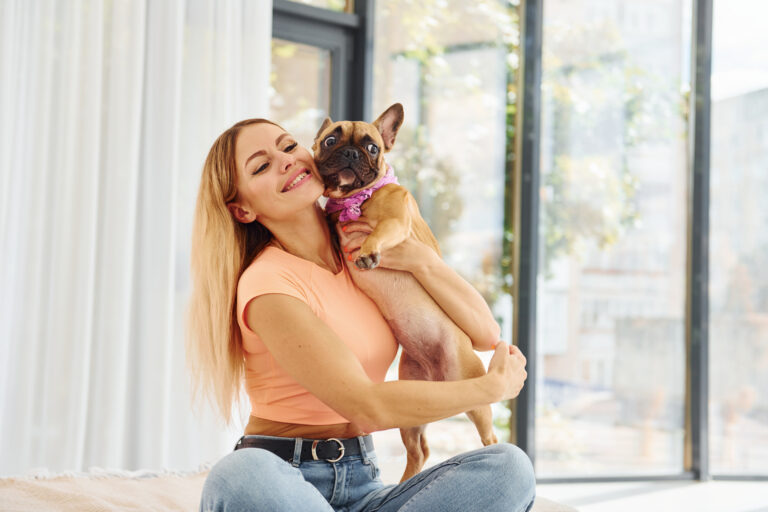
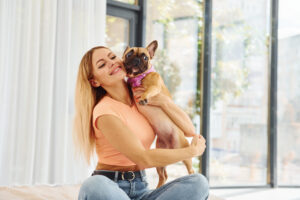
Bringing home your first dog is an exciting and rewarding experience, but it also comes with a lot of responsibility. As a new dog owner, it's important to prepare your home to create a safe, comfortable, and welcoming environment for your furry friend. Just like humans, dogs need a space to call their own, with the necessary supplies and training to ensure they thrive in their new home. In this blog post, we'll share essential tips and tricks for creating a bark-worthy home makeover, helping you prepare your home for your first dog and make sure they feel loved and at home from the very start. So, grab a cup of coffee and let's dive in!
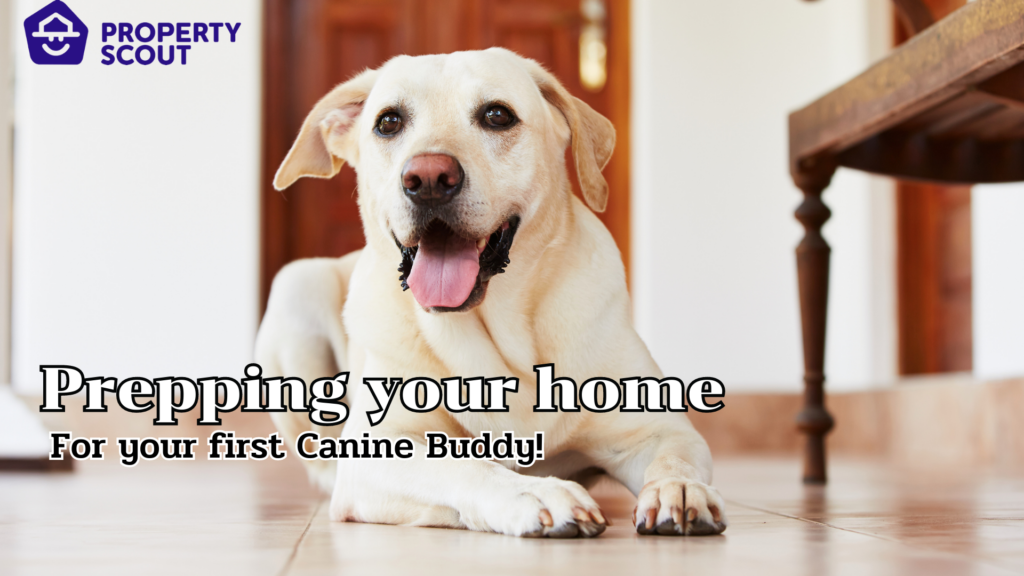
Create a Safe Space for Your Dog
One of the most important aspects of welcoming your first dog home is creating a safe space for them. Dogs need a place where they can relax, feel secure, and have a sense of ownership. A dedicated space for your furry friend can also help prevent unwanted behaviors such as chewing, digging, or scratching. In this section, we'll go through the essential steps to help you create a safe and comfortable space for your dog, ensuring they feel at home from the very beginning.
Choosing the right location for your dog's bed or crate

Choosing the right location for your dog's bed or crate is crucial to create a safe space for them. The location should be a calm and quiet area, away from any potential hazards or distractions. It should also be a place where your dog can retreat to when they need some time alone or feel anxious. It's important to consider the temperature and lighting of the space, as well as the size of the bed or crate to ensure it fits your dog comfortably. By selecting the perfect location, you'll be providing your furry friend with a secure and peaceful spot to relax and recharge.
Removing any hazardous materials or objects
Just like babies, dogs are curious creatures and can get into trouble if their environment is not properly secured. Baby proofing your home by removing any hazardous materials or objects is essential to keep your furry friend safe. This includes securing cabinets, drawers, and trash cans, and storing cleaning supplies, medications, and toxic plants out of reach. Electrical cords should also be secured or covered to prevent your dog from chewing on them. By taking these precautions, you can reduce the risk of your dog getting into harmful or dangerous situations and provide a safe environment for them to explore and play.
Creating boundaries, such as baby gates or designated play areas
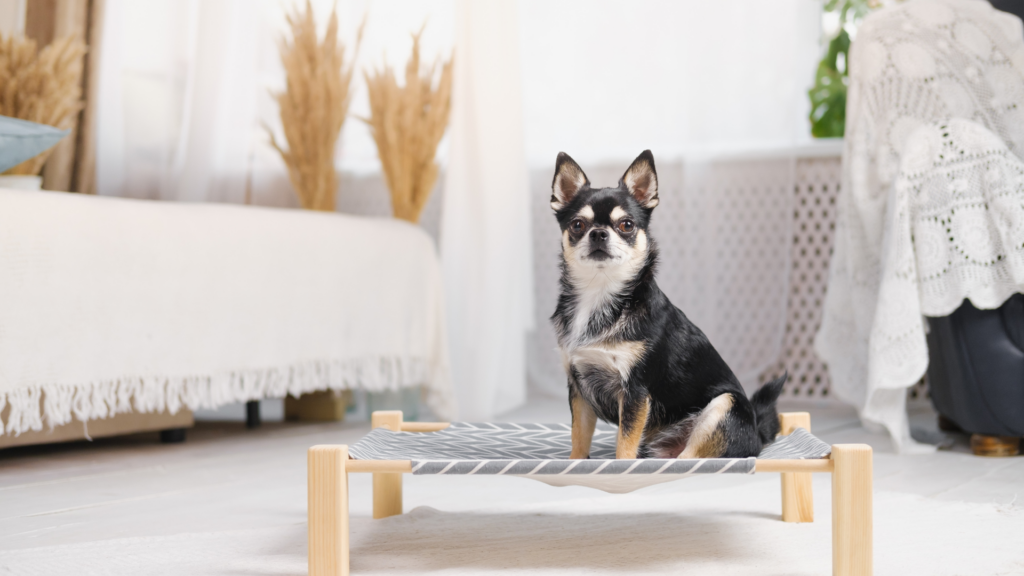
Creating boundaries, such as baby gates or designated play areas, is important to keep your dog safe and prevent any unwanted behavior. Using baby gates or barriers can help limit your dog's access to certain areas of the house, such as stairs, balconies, or rooms with fragile or valuable items. This can also help prevent accidents, such as falling down the stairs or knocking over a vase. Designating a play area can also be beneficial, as it gives your dog a specific space to play, chew toys, and exercise. It can also help them feel more comfortable and secure in their new home by providing them with a consistent and familiar space to play and relax. By creating boundaries, you can ensure that your dog has a safe and secure environment to explore and enjoy.
Stock Up on Essential Supplies
Before bringing your first dog home, it's important to make sure you have all the essential supplies ready to go. Having the necessary supplies on hand can help ensure a smooth transition for both you and your furry friend, and can help prevent any last-minute runs to the pet store. In this section, we'll go through a list of essential supplies you'll need to stock up on before your new dog arrives, including food, bowls, collars, leashes, toys, and more. By making sure you have everything your dog needs in advance, you'll be able to focus on bonding and creating a loving home for your new companion.
Food and water bowls
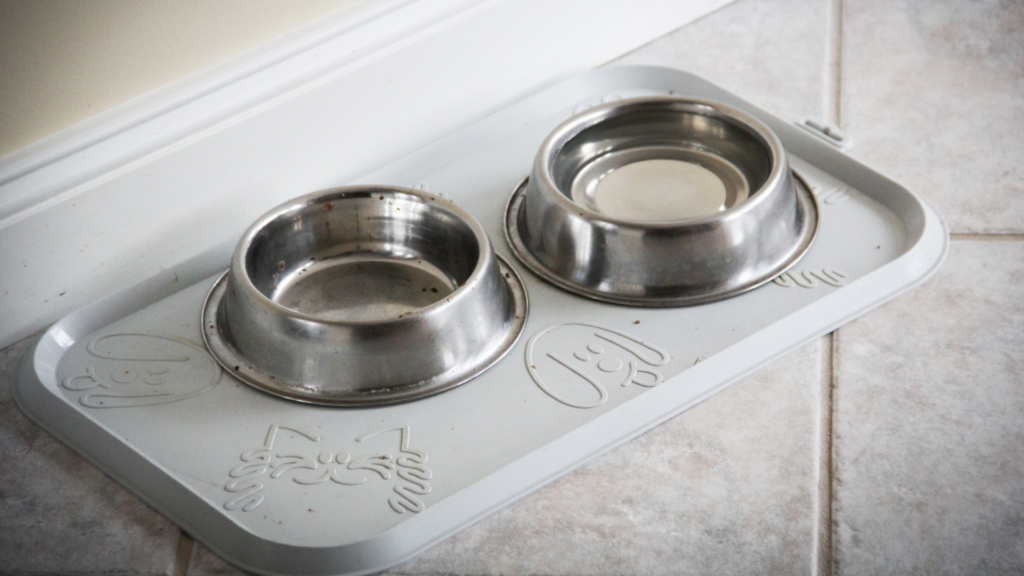
Food and water bowls are an essential supply to stock up on when preparing for your first dog. It's important to choose bowls that are appropriate for the size of your dog and easy to clean. Stainless steel and ceramic bowls are good options because they are durable, non-toxic, and can be washed in the dishwasher. Avoid plastic bowls as they can harbor bacteria and may cause allergic reactions in some dogs. It's also recommended to have separate bowls for food and water to prevent any contamination.
Dog food and treats
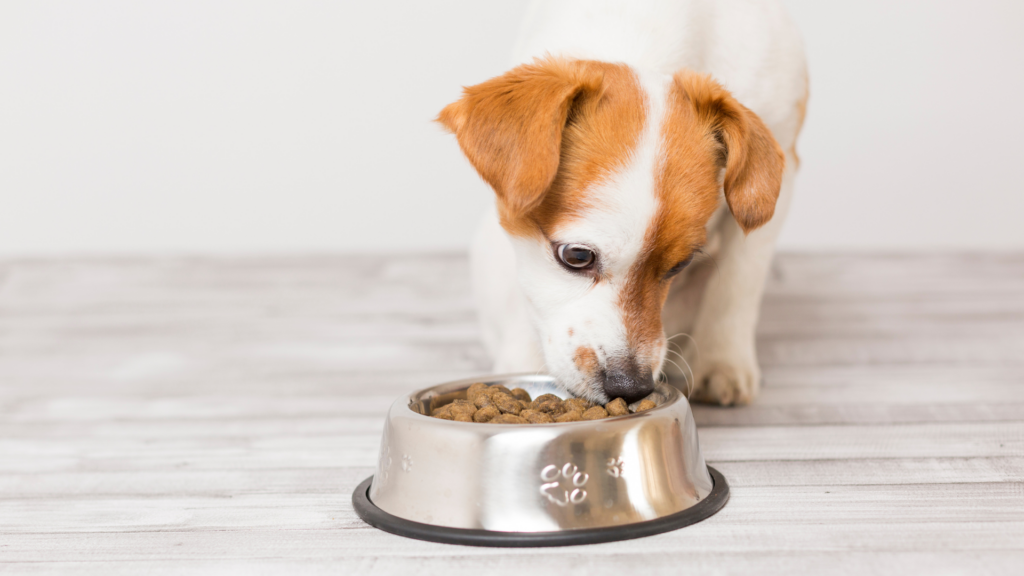
Dog food and treats are essential supplies to stock up on when preparing for your first dog. It's important to choose high-quality food that meets your dog's nutritional needs and is appropriate for their age, breed, and activity level. There are various types of dog food available, including dry kibble, wet food, and raw food, so it's important to consult with your veterinarian to determine the best option for your dog. Treats are also important for training and bonding with your dog, but it's important to choose treats that are healthy and low in calories. Avoid giving your dog table scraps or human food, which can be harmful to their health.
Leash, collar and ID tags
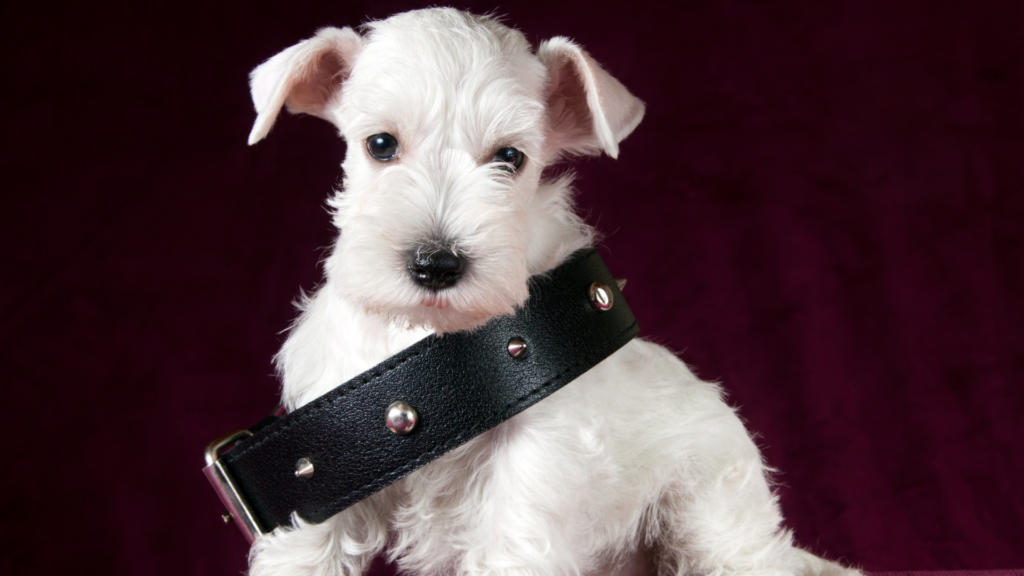
Leash, collar, and ID tags are essential supplies to stock up on when preparing for your first dog. A sturdy leash and collar are necessary for walks and outdoor activities, as they help keep your dog safe and under control. Collars should fit snugly but not too tight, and it's important to choose a collar made of durable materials that won't break easily. ID tags are also important, as they provide crucial information in case your dog gets lost. Make sure the ID tags have your dog's name, your name and phone number, and any other pertinent information, such as medical conditions or medications.
Toys and chews
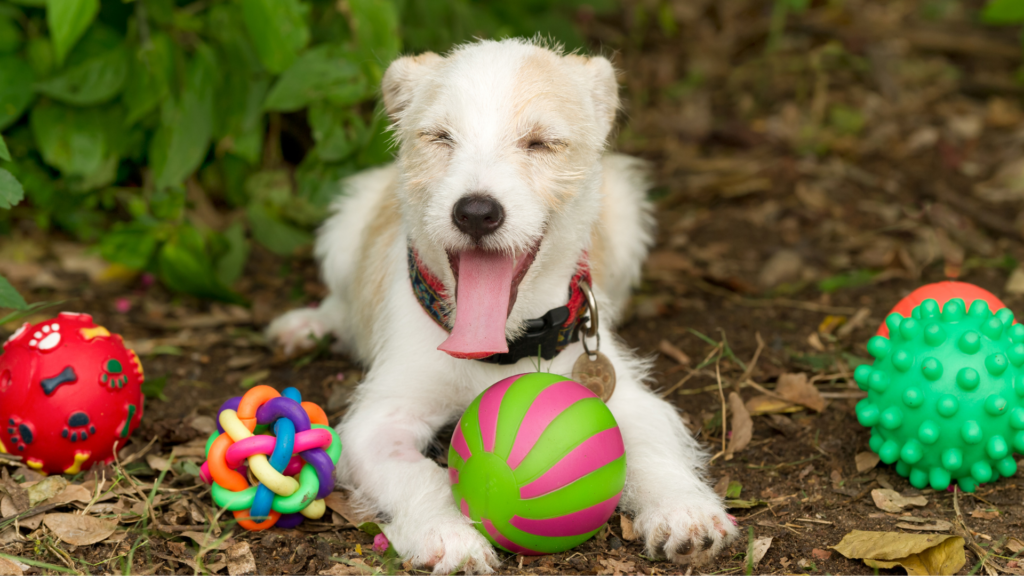
Toys and chews are essential supplies to stock up on when preparing for your first dog. Toys provide mental stimulation and exercise, as well as an outlet for chewing and playing. There are various types of toys available, including chew toys, interactive toys, and soft toys. It's important to choose toys that are appropriate for your dog's size, age, and chewing habits, and to avoid toys with small parts that can be easily swallowed. Chews are also important, as they can help keep your dog's teeth clean and provide an enjoyable activity. Choose chews made of natural materials, such as rawhide or antlers, and avoid chews that can splinter or break apart.
Grooming supplies
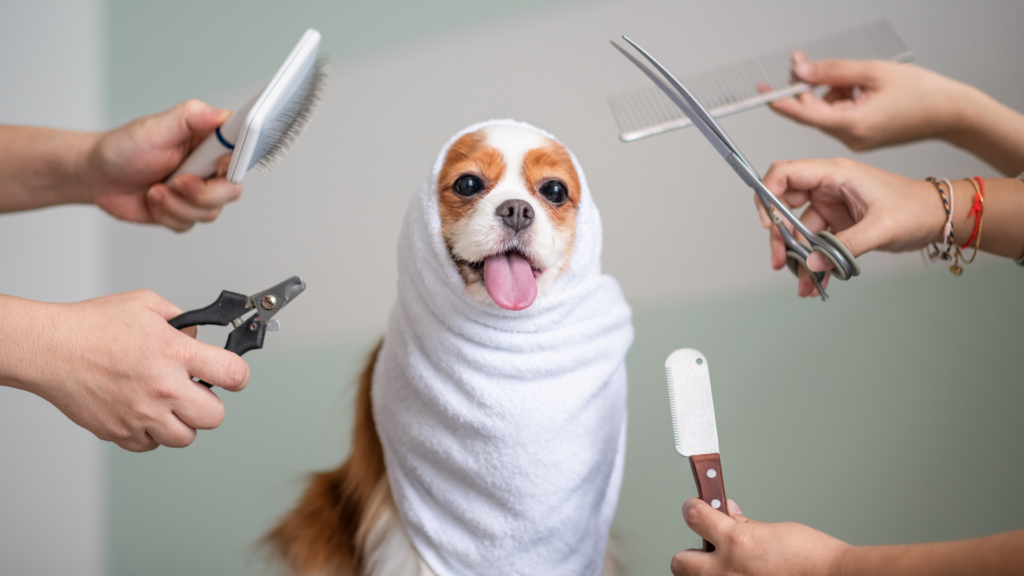
Grooming supplies are essential items to stock up on when preparing for your first dog. Depending on your dog's breed, coat type, and grooming needs, you may need to invest in a variety of supplies, including brushes, combs, clippers, shampoo, and nail trimmers. Regular grooming not only helps keep your dog looking and smelling good, but it also helps maintain their skin and coat health. It's important to choose grooming supplies that are appropriate for your dog's size and coat type, and to follow proper grooming techniques to prevent injury or discomfort.
Cleaning products
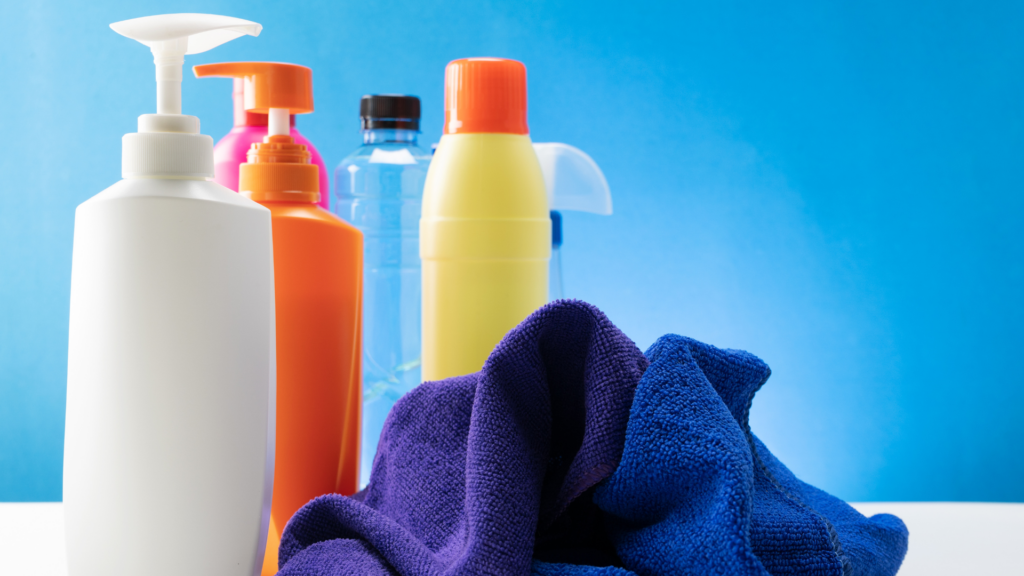
Cleaning products are an essential supply to stock up on when preparing for your first dog. Accidents are bound to happen, especially during the housebreaking process, so it's important to have cleaning supplies on hand to quickly and effectively clean up any messes. Choose cleaning products that are safe for pets and effective at eliminating stains and odors, such as enzymatic cleaners or vinegar-based solutions. It's also important to regularly clean and disinfect your dog's bedding, toys, and other items to prevent the spread of germs and bacteria.
Make Your Home Dog-Friendly
Making your home dog-friendly is an important step in preparing for your first dog. Dogs are curious and energetic creatures, and it's important to ensure that your home is a safe and comfortable environment for them to live in. By taking the necessary steps to dog-proof your home and make it a welcoming space for your new furry friend, you'll be able to create a happy and healthy living environment for both you and your dog. In this section, we'll explore the key steps to making your home dog-friendly, including identifying potential hazards, creating safe spaces, and setting boundaries.
Set up a designated potty area
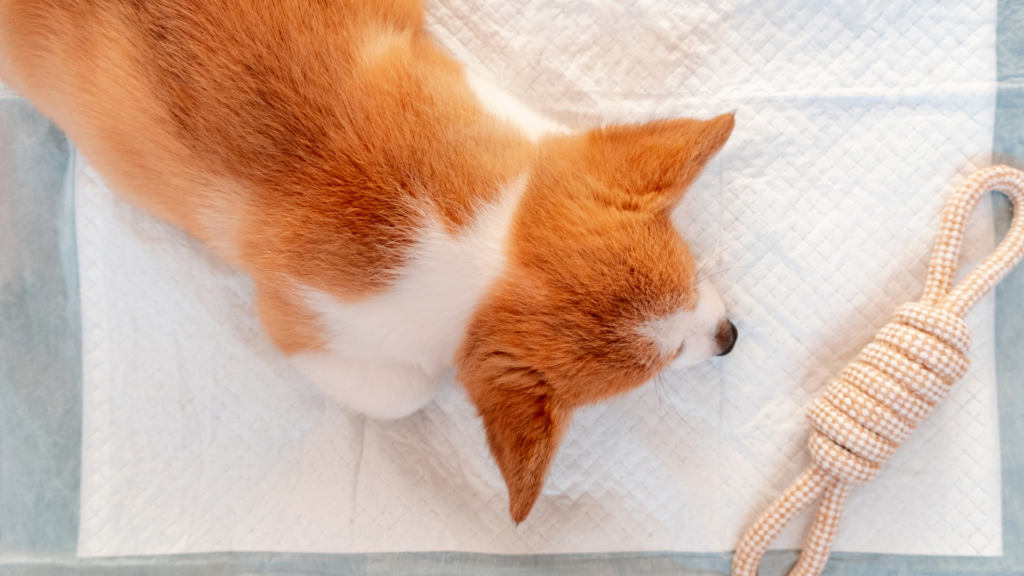
Setting up a designated potty area is an important step in making your home dog-friendly. Dogs need a consistent and safe place to relieve themselves, and by providing a designated potty area, you can help establish a routine and prevent accidents inside the home. Choose an outdoor area that is easily accessible and away from high-traffic areas or play areas. Use a specific command to signal to your dog that it's time to go, and provide positive reinforcement when they use the designated area. It's also important to regularly clean up and dispose of waste to prevent the spread of germs and bacteria.
Consider investing in a doggie door
Investing in a doggie door can be a great option for making your home dog-friendly, particularly if you have a fenced yard. Doggie doors provide your dog with easy access to the outdoors, allowing them to come and go as they please for potty breaks, exercise, or just to enjoy the fresh air. It's important to choose a doggie door that is appropriate for your dog's size and breed, and to ensure that it is installed securely to prevent any unwanted intrusions.
Protect your furniture with covers or blankets
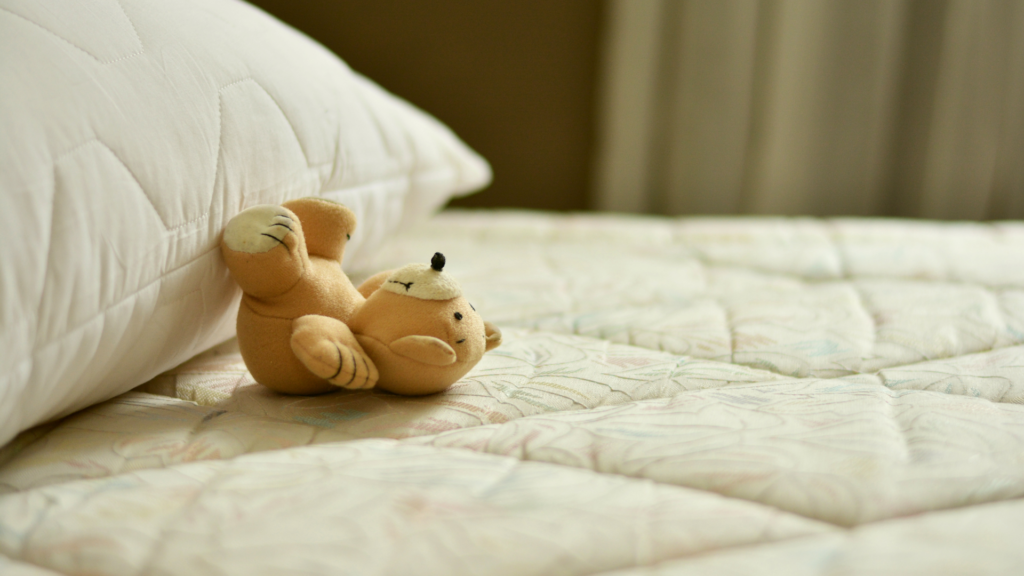
Protecting your furniture with covers or blankets is an important step in making your home dog-friendly. Dogs can be rough on furniture, and accidents like shedding, scratching, or drooling can quickly take a toll on upholstery and other fabrics. By investing in covers or blankets to protect your furniture, you can help prevent damage and extend the life of your furnishings. Look for materials that are durable and easy to clean, such as machine-washable cotton or polyester blends. You can also consider investing in specialized furniture protectors, which are designed to fit specific pieces of furniture and offer more comprehensive coverage.
Keep harmful plants out of reach

Keeping harmful plants out of reach is an important step in making your home dog-friendly. Dogs are naturally curious and may be tempted to chew on plants or flowers, which can lead to accidental ingestion of toxic substances. To keep your dog safe, make sure to remove any plants from your home that are known to be toxic to dogs, such as lilies, daffodils, and azaleas. If you have plants that you can't bear to part with, consider keeping them out of reach by placing them on high shelves or using hanging baskets. You can also try using bitter-tasting sprays or other deterrents to discourage your dog from chewing on plants.
Create a welcoming and cozy environment
Creating a welcoming and cozy environment is essential in making your home dog-friendly. Dogs thrive on a sense of security and comfort, and creating a warm and inviting living space can help them feel more relaxed and at ease. Consider adding soft blankets or pillows to your dog's bed, or creating a designated "snuggle spot" in the living room where you can curl up with your furry friend. You can also add decorative touches like framed photos or artwork featuring dogs, or scented candles or air fresheners that create a calming atmosphere.
Training and Socialization
Training and socialization are crucial elements in raising a happy and well-adjusted dog. By investing time and effort into teaching your dog basic obedience commands and exposing them to a variety of social situations, you can help them develop the skills and confidence they need to navigate the world with ease. Training and socialization can also help prevent unwanted behaviors like chewing, barking, and aggression, and strengthen the bond between you and your furry friend. In this section, we'll explore some of the key steps you can take to train and socialize your dog effectively, so that they can grow into a well-behaved and well-rounded companion.
Researching obedience training programs or trainers
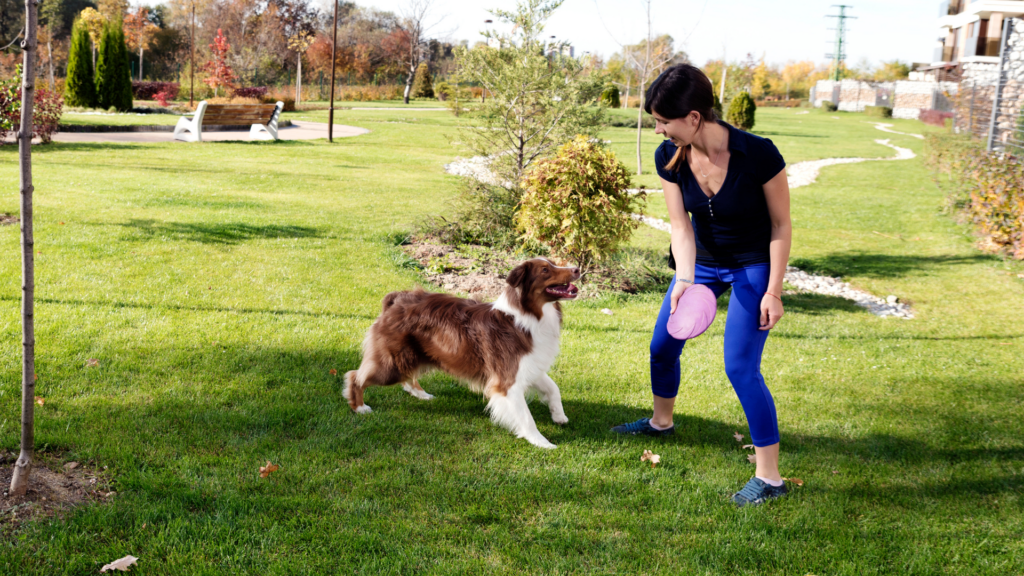
Researching obedience training programs or trainers is an important step in ensuring that your dog receives the best possible training and socialization. There are many different approaches to dog training, ranging from traditional "command and control" methods to more positive reinforcement-based approaches that focus on building trust and cooperation. Take the time to research different training programs and methods, read reviews and testimonials from other dog owners, and ask for recommendations from your veterinarian or local pet store. Consider attending a group training class or hiring a professional trainer who can work with you and your dog one-on-one to develop a tailored training plan.
Socializing your dog with other dogs and people
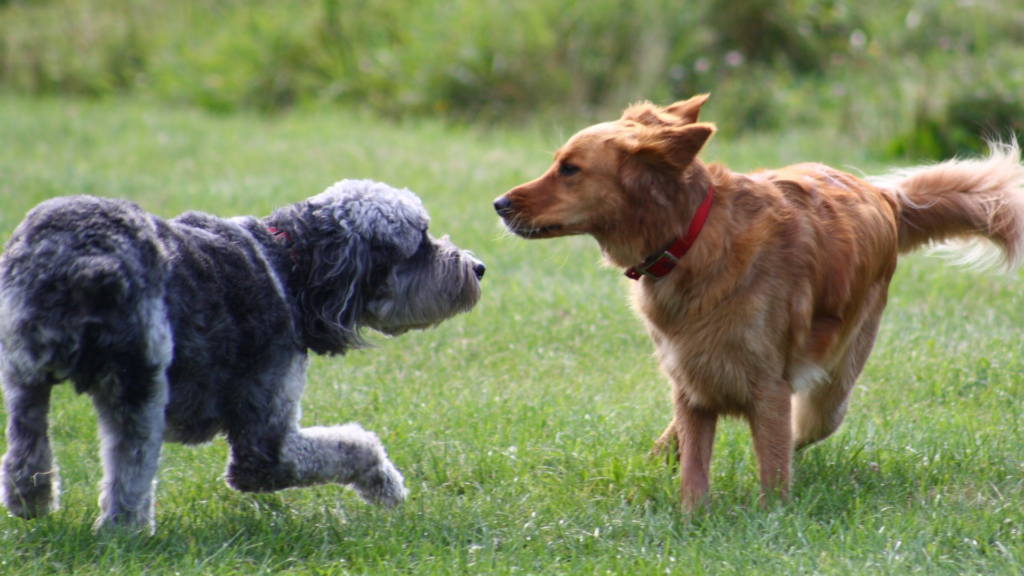
Socializing your dog with other dogs and people is a crucial part of raising a well-adjusted and well-behaved companion. Dogs who are exposed to a variety of social situations from a young age are more likely to be confident and comfortable in new environments, and less likely to develop behavior problems like fear, aggression, or anxiety. To socialize your dog effectively, start by introducing them to a variety of friendly dogs of different breeds, sizes, and ages, as well as to people of all ages and genders. Gradually increase the duration and complexity of these social interactions, using positive reinforcement techniques like treats and praise to reinforce good behavior.
Establishing routines and boundaries

Establishing routines and boundaries is an important aspect of training and caring for your dog. Dogs thrive on routine and predictability, and establishing clear boundaries can help them understand what is expected of them and reduce anxiety or stress. Establishing routines around feeding, exercise, and playtime can also help prevent behavior problems like destructive chewing or excessive barking. Set clear rules and expectations for your dog's behavior, and use positive reinforcement techniques like treats and praise to reward good behavior and discourage bad behavior. Be consistent in your training, and communicate clearly with your dog to establish trust and build a strong bond.
Conclusion
Congratulations on taking the first step towards creating a safe and welcoming home for your new furry friend! By following the tips and guidelines outlined in this article, you can help ensure that your home is the perfect environment for your first dog. From choosing the right location for your dog's bed to socializing your pet with other dogs and people, each step is crucial in setting your dog up for success. Remember, patience, consistency, and positive reinforcement are key to raising a well-behaved and happy companion. With a little effort and love, you and your new dog can enjoy many happy years together in your bark-worthy home!
Find your ideal property, available for sale or rent in the best prices possible, or list your property for sale or rent here. Alternatively, if you have any further questions, please get in touch with us:



